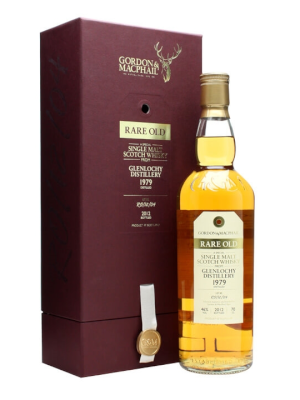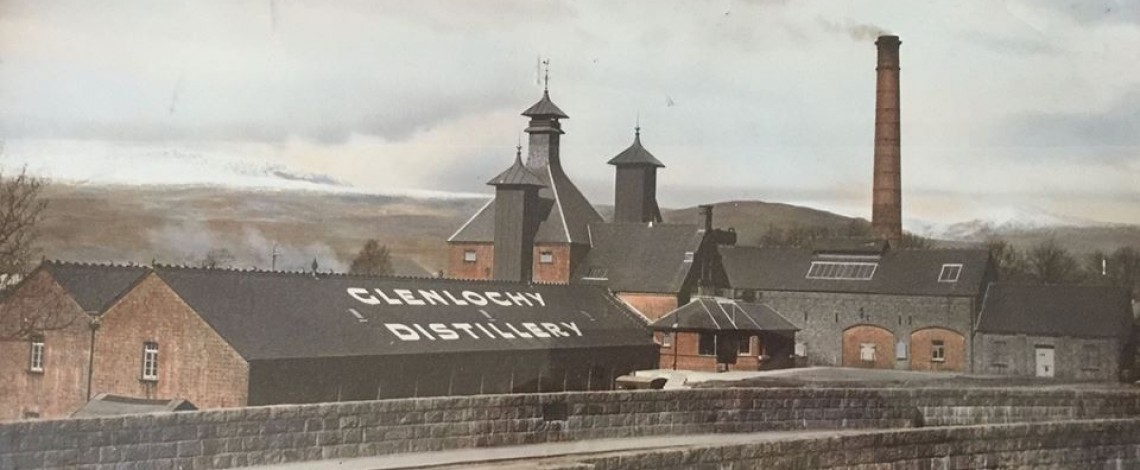
Littlemill, the first and oldest licensed distillery in Scotland, now silent, was sited in Bowling, a village between Dumbarton and Clydebank on the banks of the river Clyde.
Local records show that on November 2, 1773, Robert Muir of Littlemiln 1 was granted the first ever licence by the Government of King George III to ‘retail ale, beer and other excisable Liquors’. Prior to that date, distillation for private use was not illegal provided the spirits were not sold. Distilling had been a feature of the site for some time. For nearly 250 years a gable end date-stone proclaimed the distillery warehouse it adorned had been built in 1772, while accommodation was built next to the distillery in 1772 to house the excise officers representing the King and ensuring taxes were paid.
Silent now, gone, but not forgotten.
My interest in Littlemill is as much personal as professional. In the eighties, I lived just along the road in Clydebank, in the shade of the Auchentoshan distillery, running along the Forth and Clyde canal from Dalmuir and past the still working Bowling distillery on a regular basis. A malty aroma often welcomed me, though more pungent odours sometimes caught in the back of my throat, assailing me with a yeasty, occasionally sulphurous, stench that had me gagging for a mile or so until the river breeze refilled my lungs.

I watched it live and I watched it die. Hard at work distilling the water of life when I first knew it, it closed in the mid-eighties, reopened at the end of the decade, closed again in the mid-nineties then was dismantled in the late nineties, before finally being destroyed by fire early in the new millennium. When I cycle past these days nothing remains to be seen, not even the Exciseman’s house which ironically, until recently, was the last remaining building.
As they say, the only certainties in life are ‘Death and Taxes’ 2.

From being the first licensed distillery, to having the first woman licensee, Littlemill was in the vanguard of distilling innovation. Under the ownership of Duncan Thomas, an American chemist, Littlemill switched from the Lowland tradition of triple distillation to double distillation, installing new hybrid stills with copper pot still bodies and rectifying columns instead of swan necks. This gave greater control over the distillation process and allowed a number of different expressions to be produced:

The distillery fell silent in 1994, never to produce a drop again.
Today

If you’re very lucky, you may still come across Littlemill expressions from an independent bottler, a Connoisseur’s Choice Littlemill 1991 from Gordon & MacPhail, or a Cadenhead’s 31 year old Sherry Cask, but these only become scarcer with time.
The remaining casks from the distillery are owned by the Loch Lomond Group, being issued in a limited number of expressions bottled and released in strictly controlled numbers of only a few hundred bottles each.


The Cask Reflections collection showcases casks from Littlemill’s final years in a carefully selected series of cask finishes. This combines the distillery’s historic signature notes with the finesse of new finishings to create fresh expressions, the old and the new in harmony, honouring history whilst alive to the present.
The Vanguards Collection is a four-part annual series celebrating the Littlemill trailblazers who established the first and oldest licensed distillery in Scotland and overturned traditions to leave their mark on the distillery and its contemporaries. Drawing on Littlemill’s oldest and rarest reserves, each release pays homage to the craft of these vanguards through the precious drops they left behind.
Raise a glass some night to the pioneers of Littlemill distillery. Slàinte Mhath.
Footnotes
- Miln here is Scots for mill. Perhaps best evidenced by the nearby town of Milngavie which is confusingly pronounced ‘mill guy’. Now the teuchters (Gaelic speakers) may tell you Milngavie is of Gaelic origin and means either Windmill’ (Muileann Gaoithe) or ‘Windy Hill’ (Meall na Gaoithe) but given there is a Milndavie only a couple of miles away named after Davy’s mill, we all know it means Gavin’s mill – which funnily enough still sits there on the banks of the Allander as it has done since the 15th Century. ↩︎
- Most famously ‘Our new Constitution is now established, and has an appearance that promises permanency; but in this world nothing can be said to be certain, except death and taxes.’ – Benjamin Franklin, in a letter to Jean-Baptiste Le Roy, 1789. ↩︎
- Dumbuck: Gaelic dun (fort or hill) and buic (buck or male goat, hill of the goats. The hill is still there, on the opposite side of the A82 from the Ballantine’s storehouses, where it is a functioning quarry. ↩︎
- Dunglass: Gaelic dun (fort) and glas (grey), named for the spit of land in Bowling on which sat the castle of the Barony of Colquhoun (pronounced kuh·hoon). ↩︎


